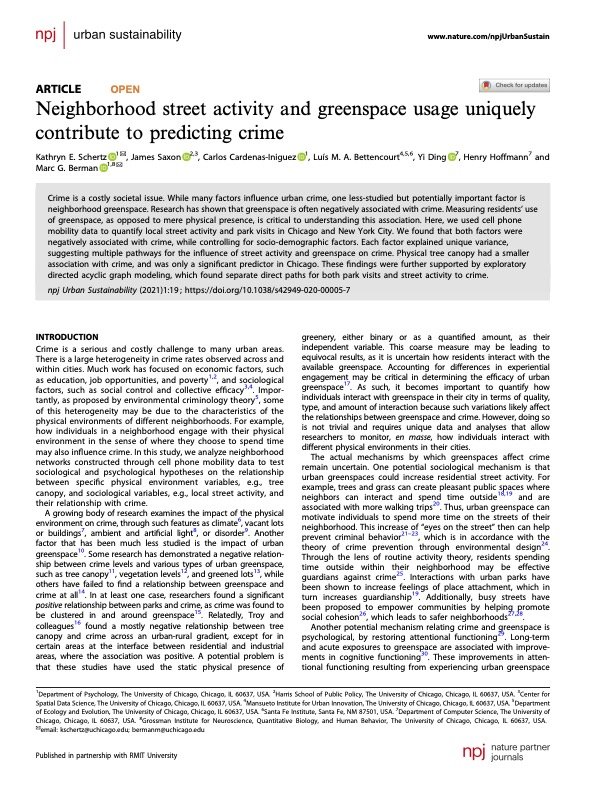By Irwin, Véronique; Wang, Ke; Cui, Jiashan; Thompson, Alexandra (Statistician)
From the document: "'Report on Indicators of School Crime and Safety: 2022' provides the most recent national indicators on school crime and safety. The information presented in this report serves as a reference for policymakers and practitioners so that they can develop effective programs and policies aimed at violence and school crime prevention. Accurate information about the nature, extent, and scope of the problem being addressed is essential for developing effective programs and policies. This is the 25th edition of Indicators of School Crime and Safety, a joint effort of the Bureau of Justice Statistics (BJS) and the National Center for Education Statistics (NCES). This report provides summary statistics to inform the nation about current aspects of crime and safety in schools. 'Report on Indicators of School Crime and Safety' includes the most recent available data at the time of its development, compiled from a number of statistical data sources supported by the federal government. Such sources include results from the School-Associated Violent Death Surveillance System, sponsored by the U.S. Department of Education, the U.S. Department of Justice, and the Centers for Disease Control and Prevention (CDC); the National Vital Statistics System, sponsored by CDC; the School Shooting Safety Compendium, sponsored by the U.S. Department of Defense; the Studies of Active Shooter Incidents, sponsored by the Federal Bureau of Investigation; the National Crime Victimization Survey and School Crime Supplement to that survey, sponsored by BJS and NCES, respectively; the Youth Risk Behavior Surveillance System, sponsored by CDC; the School Survey on Crime and Safety, Fast Response Survey System, ED'Facts', and National Teacher and Principal Survey, all sponsored by NCES; and the Campus Safety and Security Survey, sponsored by the U.S. Department of Education. Some of these data are collected annually, while others are collected less frequently."
Washington D.D. National Center For Education Statistics; United States. Bureau Of Justice Statistics. 2023.. 38p.





















